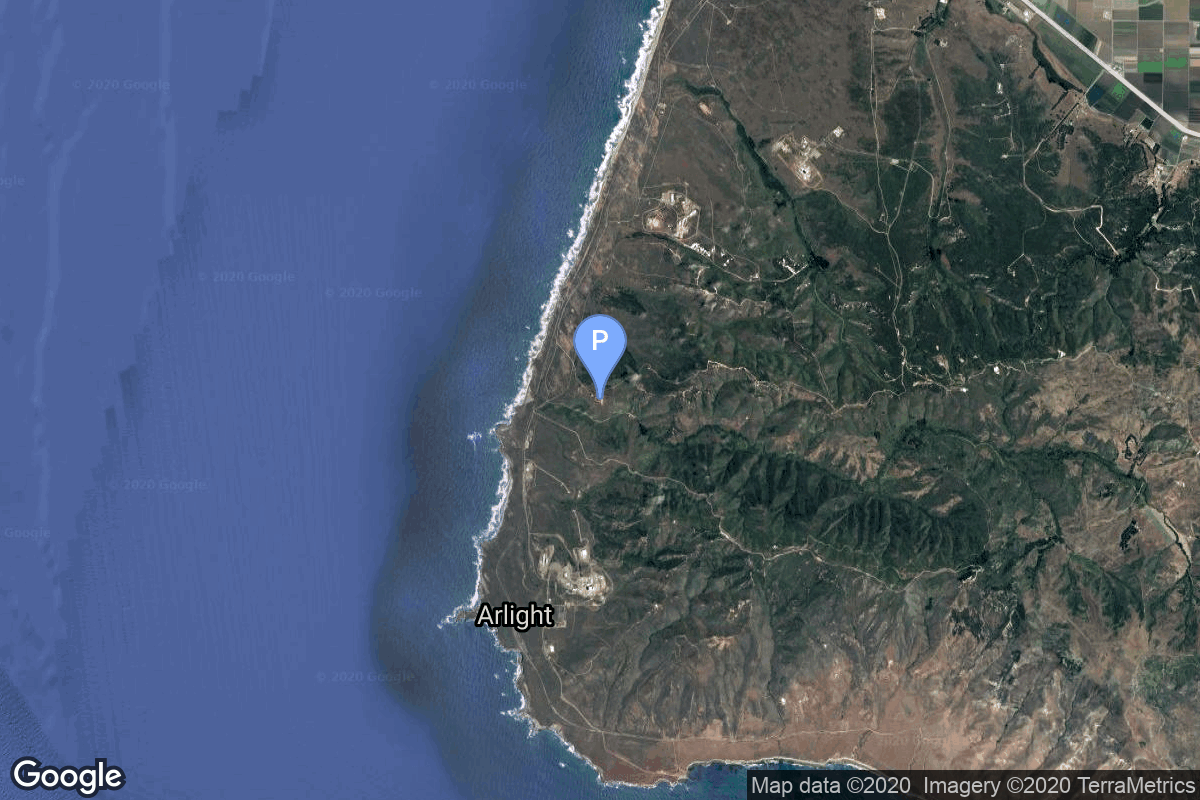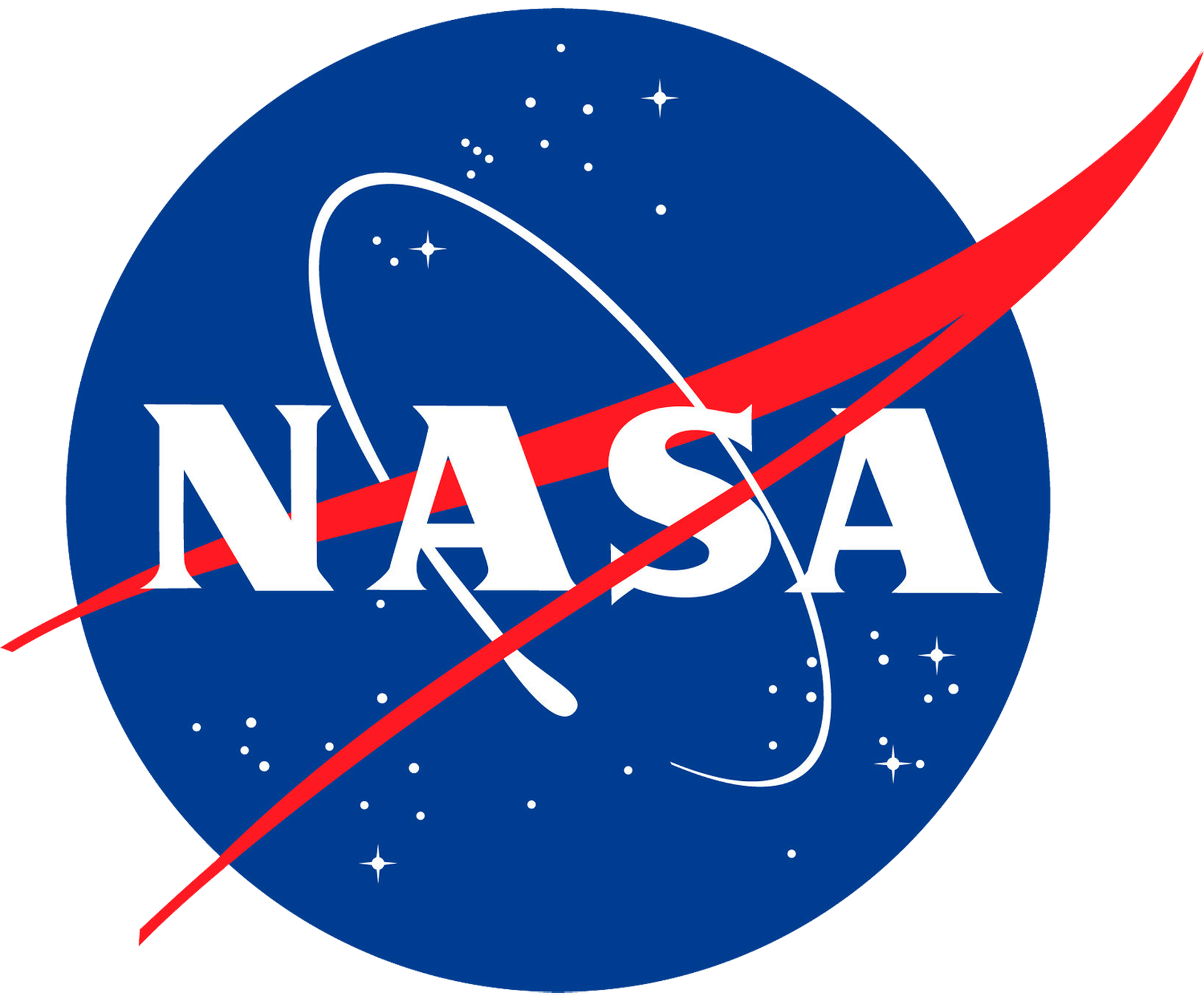Explorer 20
Scout X-4
National Aeronautics and Space Administration
Mission
Explorer 20
- Type: Earth Science
- Orbit: Low Earth Orbit
Explorer 20 (IE A, Ionospheric Explorer A, TOPSI, Top Side Explorer or S 48) was designed to measure electron distribution, ion density and temperature, and to estimate cosmic noise levels between 2 and 7 MHz.
Location
Rocket
Vought Scout X-4
The Scout family of rockets were were American launch vehicles designed to place small satellites into orbit around the Earth. The Scout multistage rocket was the first orbital launch vehicle to be entirely composed of solid fuel stages.
Agency
National Aeronautics and Space Administration
The National Aeronautics and Space Administration is an independent agency of the executive branch of the United States federal government responsible for the civilian space program, as well as aeronautics and aerospace research. NASA have many launch facilities but most are inactive. The most commonly used pad will be LC-39B at Kennedy Space Center in Florida.

